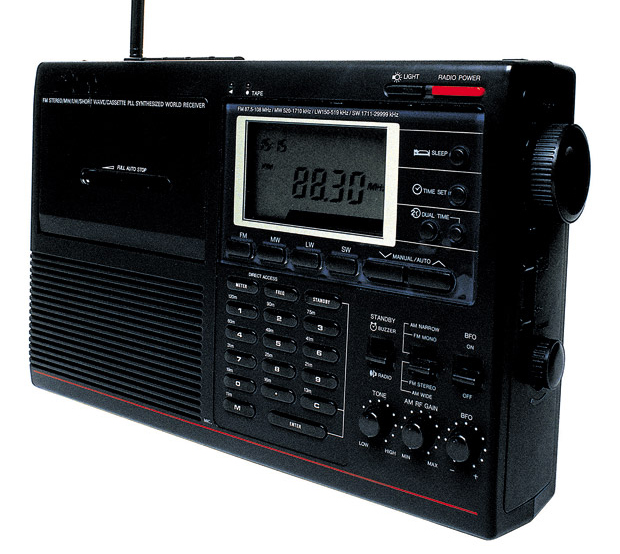Recently, many of us were shocked to receive warnings of a ballistic missile headed our way. Shortly after the false alarm, I saw plenty of sharing. People shared what they were doing during the warning, and what they did after. It made me realize that many of us are simply not prepared.
The warning stated that this was “NOT” a drill, but it seemed to serve that purpose. Now, we can assess our situations and improve upon them. Making a plan and kit will give you some peace of mind and can also prepare you for hurricane season as well. Ready.gov gives some useful advice. You’ll need to gather some basic supplies and put together a plan of action.
Here are some highlights that I will be implementing for my own family. For more complete information, visit ready.gov/nuclear-blast.
Basics
• Water: Experts recommend one gallon per person per day for a minimum of three to 14 days. However, areas that are closest to the attack may require residents to shelter in place for up to a month. Prepare for the worst and hope for the best. While stocking bottles or gallons of water works for some, what we did in our house was purchase a Water Bob. This is a water containment system that allows you to safely store up to 100 gallons of drinkable water in your bathtub. We actually have two. One we will use for sanitary purposes, like bathing, and the other for drinking.
• Food: Opt for non-perishable food and stock at least 14 days’ worth. Don’t forget to include pets and children in your calculation. That means stocking up on dog or cat food and formula or purees, if needed.
• Radio: Hand-crank if possible, battery if not. I personally like the idea of having both. There are radios with outlets so that you can charge other items like computers or cell phones. Make sure yours receives AM, FM, and NOAA (National Oceanic and Atmospheric Administration) radio frequencies.
Actions
• Take Shelter: Plan an area in your home. Experts advise going to the center, underground if possible, away from exterior walls and windows.
• Make a list: According to the Hawaii Department of Defense, there are no designated public fallout shelters in the state. However, you can still plan ahead. If you are home, stay there. If not, go to a concrete building with multiple stories. List potential shelters near your home and places you frequent. This way, you will not only know where to go in the event of an emergency, but your family members will also know where to look for you.
Have a comment or question for Joanne? Email thefixisin@gmail.com.




